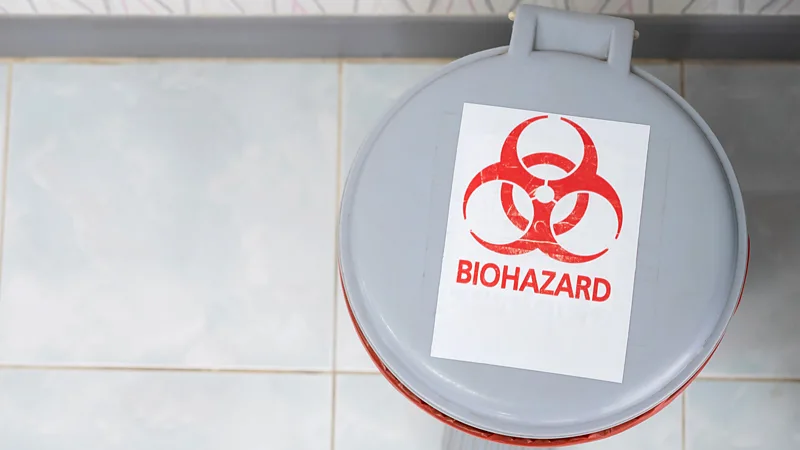In Nepal, hospitals have begun converting this dangerous waste into cooking gas.
Hospital employees near the incinerator reported chronic coughing, headaches, eye pain, rashes, and respiratory problems. The windows of the Tribhuvan University Teaching Hospital (TUTH) in Kathmandu, the capital of Nepal, let in the black, poisonous smoke that streamed from its chimney. In order to safeguard their most vulnerable patients—adults with respiratory disorders and infants and children in pediatric and neonatal critical care—staff grudgingly shuttered them.
“Keeping the windows shut caused the rooms to overheat and added to the discomfort,” remembers Deepak Mahara, the now-retired former executive director of TUTH. “Smoke often drifted into these delicate areas when the incinerator was running.”
The workplace was uncomfortable due to the offensive odor.
When a local non-profit, the Health Environment and Climate Action Foundation (HECAF360), approached hospital officials in 2014 to propose replacing the offensive furnace with an underground biodigester, none realized their symptoms were linked to the incinerator’s emissions. HECAF360 cautioned that the hospital was posing a greater risk to public health and the environment in addition to the long-term health issues that staff members would suffer if they continued to breathe in the contaminated air. Dioxins and furans, which are both categorized as human carcinogens, are released into the atmosphere when medical waste is burned improperly. However, everyone who may come into contact with medical waste that is disposed of off hospital property, including waste pickers on it,.







